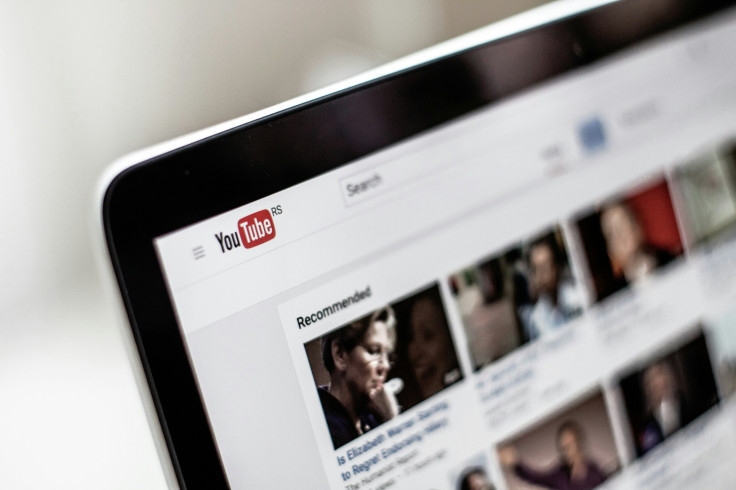
Hundreds of thousands of users across several countries reported difficulties accessing YouTube on Wednesday afternoon, 15 October 2025, as the Google-owned video platform experienced a widespread outage. The disruption affected both the website and mobile app, preventing video playback and uploads.
Reports began to rise sharply from about 2pm UK time, according to outage-monitoring site Downdetector. Users also noted related problems with Gmail and Drive, suggesting a broader fault rather than isolated connection issues. Google confirmed it was investigating but did not provide an immediate explanation.
While social media posts claimed that more than 600,000 people had lost access, this figure has not been independently verified. Data from Downdetector showed a significant global surge in outage reports, particularly across Europe, North America and parts of Asia. By Wednesday evening UK time, YouTube's service status page acknowledged 'disruptions' affecting video playback and log-ins.
Widespread Disruption and Early Response
On 15 October, users reported videos failing to load and difficulties signing in even when the homepage appeared to function, according to Reuters. YouTube later confirmed that the service had been restored, though the cause of the outage remains undisclosed.
Neither Google nor independent network monitors have confirmed whether the incident was connected to earlier 2025 outages affecting Gmail, Maps or Search. No public data from NetBlocks or other observers has classified the disruption as a 'platform outage' or connectivity fault.
Possible Causes Behind the Disruption
Technology analysts suggest an internal fault in YouTube's backend systems could underlie the problem. The platform depends on distributed infrastructure such as servers, routing networks, caching systems and authentication services. A misconfiguration, software bug or routing error in one component can ripple across the network and temporarily disable streaming for millions of users.
Some users reported that while the homepage remained visible, playback failed and logins were unsuccessful. This pattern points to potential faults in authentication or identity systems linked to Google accounts. Others have speculated that DNS or regional internet routing anomalies may have worsened the impact.
There is no credible evidence that the outage was caused by censorship, government restrictions or external interference.
If YouTube is down like and retweet this post.😁#YouTube #youtubedown #YouTube pic.twitter.com/1gqXtoLgDQ
— Raven 〰️ (@cloudRaven) October 15, 2025
Everyone rushing to Twitter to see if YouTube is down pic.twitter.com/VMzabQeAOk
— CodexCT ➐ (@CodexCT) October 15, 2025
when youtube is “down” but ads still work pic.twitter.com/bLifXgA5uu
— Islay (@Islay2806) October 15, 2025
What Users Can Do
Experts recommend several basic troubleshooting steps for those affected. Checking outage-monitoring sites such as Downdetector can confirm whether the problem is widespread. Users can also try switching between Wi-Fi and mobile data connections, clearing their browser cache, or restarting their devices and routers to reset connections.
Using a virtual private network (VPN) may help determine whether the issue lies with local internet routing. Google's official status dashboard and YouTube's social media accounts are expected to provide updates once the cause of the problem has been identified.
Broader Implications
While YouTube outages are often short-lived, the latest incident highlights the world's dependence on a few dominant platforms and how brief technical failures can disrupt communication, business and entertainment.
As Google engineers work to ensure stability, the episode underlines the fragility of large-scale digital infrastructure and the importance of transparency when failures occur. It also renews discussion about the resilience of cloud-based ecosystems and whether major technology providers should strengthen contingency planning to prevent cascading disruptions.







